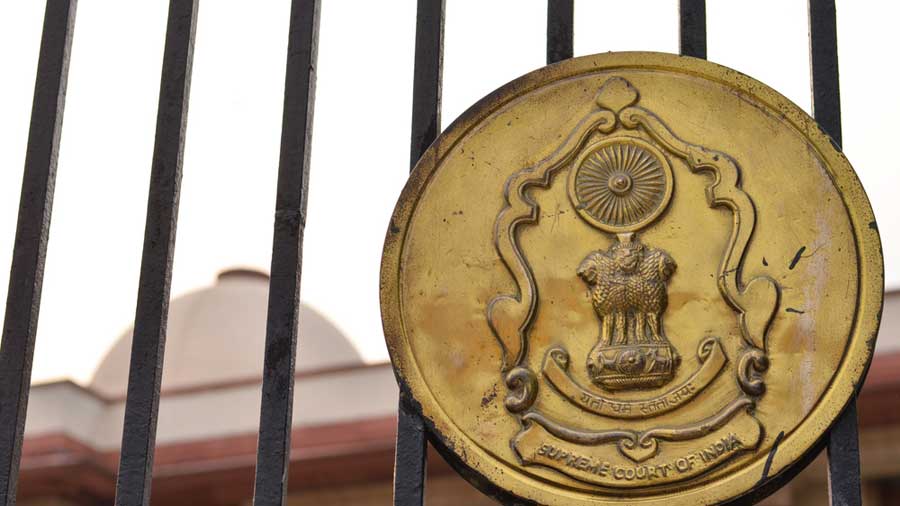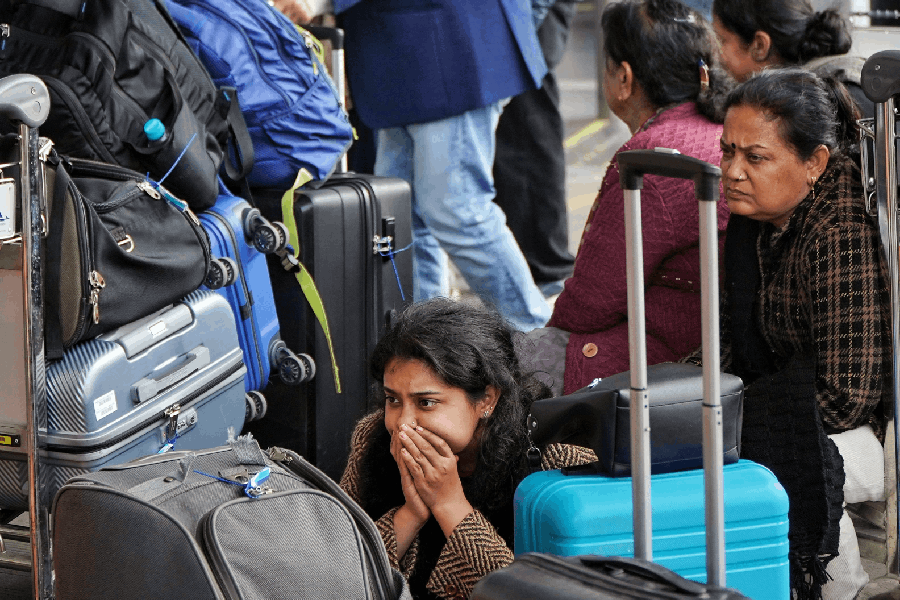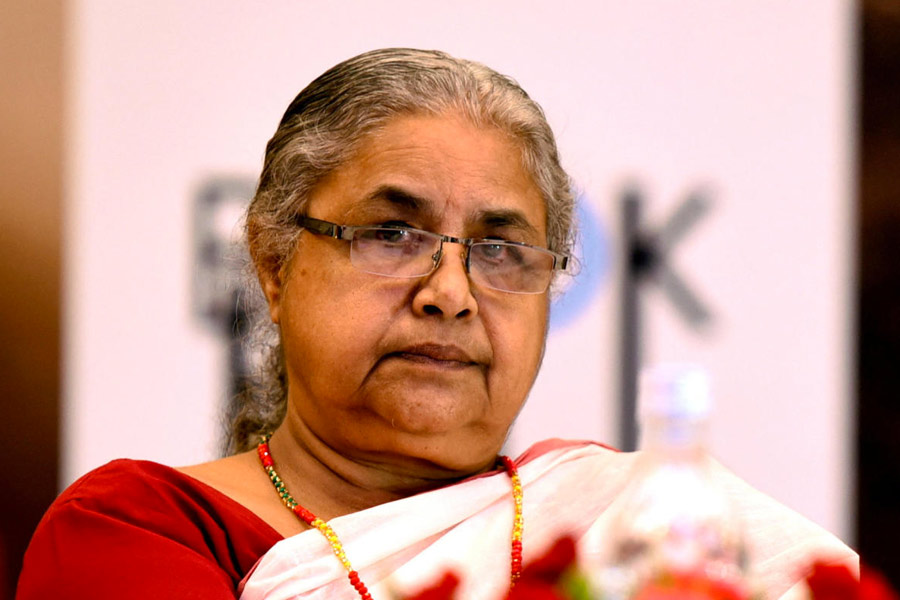The Centre has sought to blame the delays in judges’ appointments, for which the Supreme Court has repeatedly reprimanded it, on the collegium itself.
The government invoked observations by a two-judge bench in 2017 that called for a relook at the memorandum of procedure (MoP) that governs judges’ appointments and transfers.
However, judgments by three constitution benches in 1993, 1998 and 2015 had upheld the collegium’s primacy, The government cited the July 4, 2017, judgment of the then bench of Justices J. Chelameshwar and Ranjan Gogoi (both now retired) citing the system’s failure to provide an appropriate procedure to assess the personality of a candidate judge.
“The conduct of the contemnor (Justice C.S. Karnan) ever since his elevation to the bench has been controversial. Obviously, there is a failure to make an assessment of the personality of the contemnor at the time of recommending his name,” the bench had observed.
It had sought an “appropriate mechanism... for assessing the personality of the candidate”, worked out after a “debate” among “the Bar, the Bench, the State and Civil Society”.
The government said it had conveyed its stand on the points raised by the two-judge bench to the secretary-general of the apex court in a letter dated July 11, 2017, but had not received any response.
The government made several points, such as:
- High courts do not intiate the process for filling vacancies six months before they arise, as mandated by the MoP.
- There are 332 vacancies in the high courts but only 146 (44 per cent) recommendations have been made, leaving the remaining 186 hanging. Some 43 high court judges are to retire between December 1, 2022, and May 31, 2023. Therefore, by December 1, the high courts should have made 186 plus 43 or 229 recommendations.
- The Supreme Court collegium rejected 56 of 221 recommendations from the high courts during 2022, a rejection rate above 25 per cent.










